The AP-1 repressor protein, JDP2, potentiates hepatocellular carcinoma in mice
- PMID: 20214788
- PMCID: PMC2841123
- DOI: 10.1186/1476-4598-9-54
The AP-1 repressor protein, JDP2, potentiates hepatocellular carcinoma in mice
Abstract
Background: The AP-1 transcription factor plays a major role in cell proliferation, apoptosis, differentiation and developmental processes. AP-1 proteins are primarily considered to be oncogenic. Gene disruption studies placed c-Jun as an oncogene at the early stage of a mouse model of hepatocellular carcinoma. Mice lacking c-Jun display reduced number and size of hepatic tumors attributed to elevated p53 expression and increased apoptosis. This suggests that c-Jun inhibition may serve as a therapeutic target for liver cancer. The c-Jun dimerization protein 2, JDP2 is an AP-1 repressor protein that potently inhibits AP-1 transcription. On the other hand, the JDP2 locus was found at a recurring viral integration site in T-cell lymphoma. We sought to examine the potential of JDP2 to inhibit c-Jun/AP-1 oncogenic activity in mice. Towards this end, we generated a tetracycline inducible transgenic mouse expressing JDP2 specifically in the liver. We used diethylnitrosamine (DEN) injection to initiate liver cancer in mice and assessed the extent of liver cancer in JDP2-transgenic and wild type control mice by biochemical and molecular biology techniques.
Results: JDP2-transgenic mice display normal liver function. JDP2-transgenic mice displayed potentiation of liver cancer, higher mortality and increased number and size of tumors. The expression of JDP2 at the promotion stage was found to be the most critical for enhancing liver cancer severity.
Conclusions: This study suggests that JDP2 expression may play a critical role in liver cancer development by potentiating the compensatory proliferative response and increased inflammation in the DEN liver cancer model.
Figures
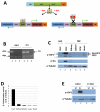
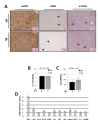

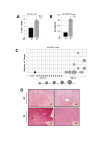
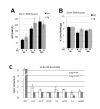
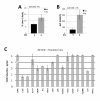
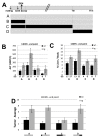

References
-
- Wu X, Pandolfi PP. Mouse models for multistep tumorigenesis. Trends Cell Biol. 2001;11:S2–S9. - PubMed
Publication types
MeSH terms
Substances
LinkOut - more resources
Full Text Sources
Medical
Molecular Biology Databases
Research Materials
Miscellaneous

